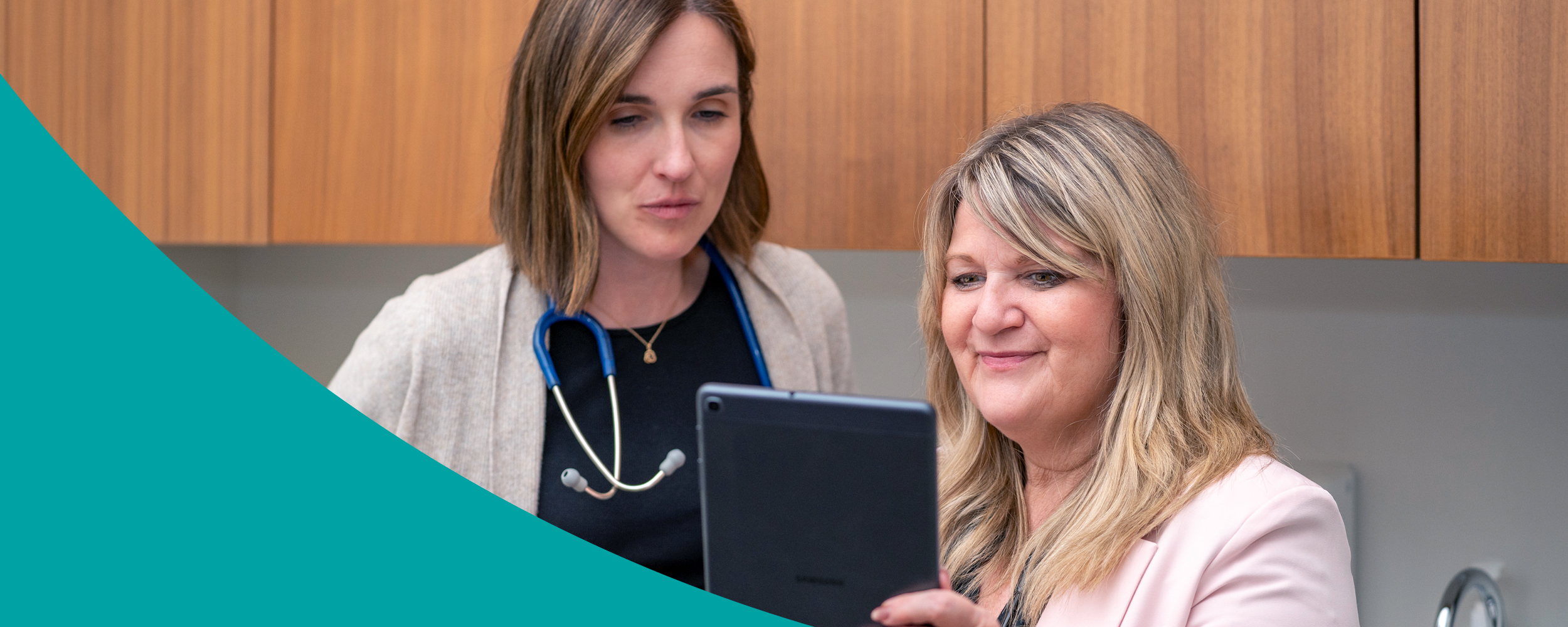Webinar on systematically reimagining administrative load in family practice
Our third Ideal Primary Care Practice Model webinar took a look at systematically reimagining administrative load in family practice and was hosted by Family Physician Dr. Joanna Willms & Connor Kemp. You can find a recording here.
Here are some problems and solutions presented in the session.
The Problem: Too Much Administrative Work
- 70% of time is spent on non-patient-facing tasks
- High burnout rates due to excessive documentation and inbox management
Key Solutions to Improve Efficiency:
- Use Medical Scribes
- Saves ~5 minutes per appointment by handling documentation
- Allows physicians to focus on patient interaction
- Optimize EMR Tools
- Use prescription favorites to reduce repetitive data entry. Pharmacists can calculate weight-based doses; the Rx favourite includes the intended mg/kg and the indication. Weight is added at the time of prescribing
- Store billing codes to save time (i.e., a billing code pick list built into documentation) • Create smart templates for SOAP notes and for chronic disease visits, i.e., Encounter Assistants or Forms in Telus PSS
- Manage Inbox Smarter
- Delegate administrative tasks (e.g., secretaries handling simple requests)
- Turn off partial lab reports to eliminate unnecessary inbox clutter (see Webinar 1 Tip Sheet)
- Convert complex inbox items into appointments for better workflow
Top Strategies for Improvement
Identify High-Impact Tasks:
- Focus on tasks that consume significant time but have easy solutions
- Identify the tasks that occur infrequently, but consume a lot of time when they happen (outliers), and consider workflow changes to better accommodate them, i.e., book appointments
- Track time spent on different activities to pinpoint inefficiencies
Implement Targeted Interventions:
- Prioritize changes that reduce time spent on documentation
- Use templates, voice dictation, or structured notetaking to speed up workflow
Delegate and Streamline Workflows:
- Assign non-essential documentation tasks to support staff or digital tools
- Automate repetitive processes when possible
Leverage Technology for Efficiency:
- Use electronic health record (EHR) optimizations, macros, and automation
- Minimize redundant communications with structured messaging templates
Measure and Adapt:
- Continuously analyze workflow adjustments and refine strategies
Final Takeaway
By streamlining administrative tasks, family physicians can spend more time with patients, reduce burnout, and improve overall healthcare efficiency.
Questions? If you have questions about the Ideal Primary Care Practice Model initiative or have ideas for upcoming webinars, email us at communications@ehealthce.ca.
If you have specific questions about this webinar, you can contact our presenters directly:
Connor Kemp, PhD – connork@kchc.ca
Dr. Joanna Willms – jwillms@maplefht.ca
Check out the tip sheet from this webinar here
Get the latest resources and insights
-

eReferral and Systems Integration in the Champlain LHIN
Integrated healthcare throughout the province has been made a priority by the government of Ontario.1…
-

eReferral annual user satisfaction survey September 2022 – increase in usage
The Ontario eServices Program deploys a User Satisfaction Survey once a year in order to gather…
-

Triaging Referrals to eConsult (TReC)
TReC is a workflow that allows specialists to respond to referrals with advice, through an…
